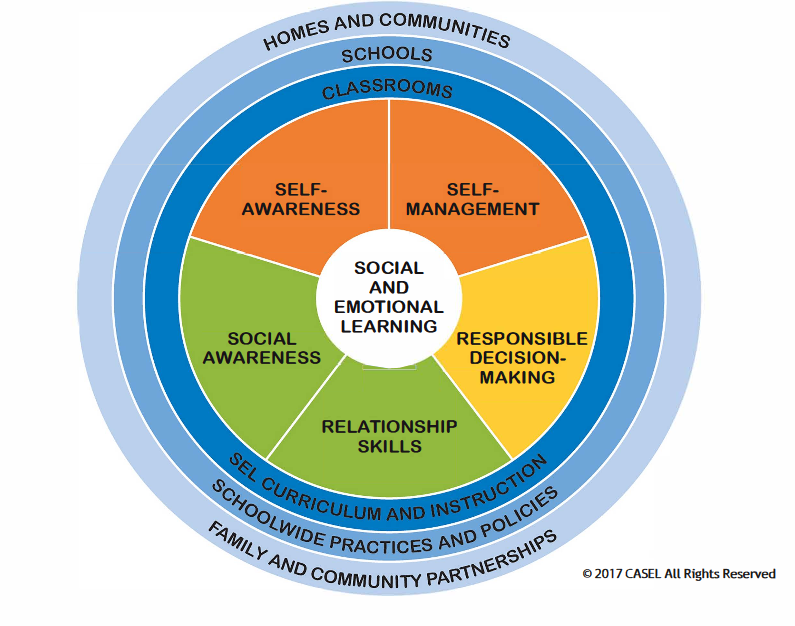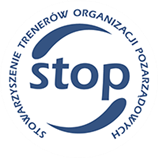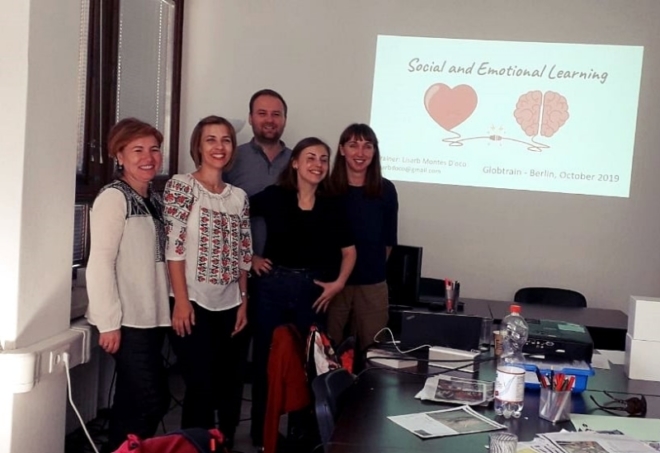
The translation of the article was created as part of the “Skrzydła dla STOP” project carried out by the Polish NGO Trainers’ Association (STOP) financed by the NIW-CRSO as part of the The Civil Society Organisations Development Programme for 2018-2030 PROO.
The social aspect of emotions – let’s talk about SEL
Within the framework of the Competent NGO Trainers on the European market project co-financed by the European Union under the European Social Fund, Operational Programme Knowledge Education Development on the principles of Erasmus+ (Adult education sector), organized by the Polish NGO Trainers’ Association, two members participated in a Social and Emotional Learning training between 14-18 October 2019, in Berlin. We strongly encourage you to read the article written by Karolina Dorożała and Łukasz Szewczyk who used this training as an inspiration for this text.
What is SEL?
SEL (Social Emotional Learning) refers to learning social and emotional competences. It is a process, during which children, and adults, too, acquire knowledge, build attitudes and learn skills necessary to understand emotions. It is a method of managing emotions, setting and achieving positive goals, feeling and presenting empathy towards others, building and cultivating positive relationships, and making responsible decisions. We can confidently say that it is a process where children and adults develop emotional intelligence. It is worth emphasizing SEL’s multifaceted approach, where acquiring social and emotional skills happens mainly by doing exercises and different activities.
SEL in the formal education system
In the late ’60s, XX, James Comer began a pilot program in two schools with poor educational results. The program involved the local community, teachers, and officials and aimed at a holistic preparation to adulthood (read more: www.medicine.yale.edu), not only delivering knowledge.
The program was a success, and since then it was introduced in over 1000 schools, not only in the United States. It also led the researchers and educators to pay more attention to the set of skills and attitudes related to social-emotional behaviours, which students should acquire during their formal education. This is how SEL was born. What is more, in 2011, it received a federal (nationwide) regulation – Academic, Social, and Emotional Learning Act (see: www.congress.gov). SEL can be both a school subject and a specific activity aiming at solving community-specific problems.
SEL is more of a comprehensive approach than a specific “learning program”, which refers to:
- the need for belonging and building relationships with peers,
- school democracy (including students’ needs and expectations),
- introducing rules and norms for both students and educators,
- elements of meditation practice,
- open discussions about what is going on in the group.
It applies to children and teenagers.
Title: I am a small cat or Harry Patter
Invite people to go through a book they read using a social-emotional competence lens. Try to find an answer to the following questions:
- What were the emotions that occurred while reading this book?
- With which character I most identify? Why?
- What could I learn from this character’s experiences?
- Which places and events from the book were meaningful to me? Why?
Have you ever wondered how the world looks like from the perspective of a small cat? Or a flower in the meadow? How to explain to an alien what it means to slip on a pavement covered with ice? Or to a member of an Amazon Indigenous Tribe what is ski jumping? Let’s try to feel into those people/organisms’ perspective, which of their senses would be more active? What information would they receive through them? What kind of thoughts would they have (if any)? What emotions and feelings would they experience? Is everything that we perceive as obvious, is so evident to everyone?
At the end of this exercise, we imagine that we melt as if we were ice on the floor. Everyone shares what kind of ice-cream they imitate, their favourite flavour, what they feel while eating ice-cream, and finally, how do they feel pretending to be this melting ice-cream on the floor?
This exercise is perfect for calming down participants after some physical, movement activities, as well as after intellectual development activities or learning new skills.
SEL standards

Source: www.casel.org
American Organisation CASEL (Collaborative for Academic, Social and Emotional Learning) created SEL standards, which describe developmental strategies that are student-age appropriate. What is worth mentioning, they also apply to adults working at school. These standards are built on five competencies:
- Self-awareness,
- Self-management,
- Social awareness,
- Relationship building skills,
- Responsible decision-making.
And what about adults?
SEL is implemented in the United States as a complex program within formal education at schools and is aimed at young people. All information about Adults and SEL appears when talking about teachers, psychologists, educators, and parents, but only in the context of working with children and teenagers. Nevertheless, there is a strong interest in emotional intelligence nowadays, especially in work and private life. Developing social and emotional competences takes different shapes, from taking part in psychotherapy to motivational speeches on the Internet. Offered workshops and courses cover conflict management, mediation, facilitation, assertiveness, mindfulness, empathy, recognizing emotions, regulating emotions, giving feedback, and many more.
Considering the division of competences in an education process on knowledge, attitude, and skills, every educational experience, either purposefully or unintentionally, may develop emotional intelligence.
Useful methods for developing emotional intelligence
All methods that allow to understand somebody’s point of view, tap into a different perspective, or make space for thinking over the actions taken in a particular role, situation and conditions will help develop social-emotional competencies. From a trainer’s toolbox techniques taken from drama, case studies, game simulations, watching films, theatre plays and reading fragments from novels – basically those allowing to become someone else, seem to be particularly useful.
Even though this test should be treated more as entertainment, or a trigger, it is based on research done in 1979 by prof. R. Rosenthal’s team – Profile of Nonverbal Sensitivity. The study aimed to determine possibilities to read nonverbal signals from facial expression, body language, and voice.
2. Panorama Education service offers materials for teachers and educators conducting SEL classes. Among three suggested exercises, there is one about looking for a challenging work experience from the past and then describing it in three columns: facts, reactions to it (then), what would the person do differently in this situation from Today’s perspective. This handout may be a starting point for role play or group discussion about emotions arising under challenging conditions, ways of regulating them, and actions deriving from these emotions. CHECK THIS OUT: Adult SEL Toolikt 3. Speaking about charts… from our mindfulness experiences – we encourage participants of our educational programs to start writing an “everyday journal”. In each column they write events, reactions, noticed sensations in the body (signals from the body), and emotions that this event brings up. The main aims of this exercise are to help pay more attention to feelings, to be able to notice and observe different emotions, learn to name them correctly and be able to see how emotions influence our body. A simple exercise that at the beginning requires initiation and consequence then becomes a natural mechanism. 4. 4. One of the fundamental skills concerning emotional intelligence is being able to listen to the other person with full concentration on his/her individual experience. While practising active listening, each person has a particular amount of time to share their experience, and the listener focuses on supporting the speaker. The listener can but doesn’t have to ask questions, nod his/her head, maintain eye contact – the listener pays attention to the speaker and not his own emotions, reactions, or understanding of the other person’s experience. After switching the roles, the participants share what helped them in this experience, how they felt concentrating on the other person’s experience. CHECK THIS OUT: www.akcja-empatia.pl (in Polish).Inspirations
- Resources on SEL in Adult Education
- SEL in Poland: Fundacja Międzynarodowego Stowarzyszenia Klubów Lions
- There are also projects in Europe devoted to implementing emotional intelligence education elements such as the Danish program for students developing empathy:www.morningfuture.com
- About the role of literature in the SEL program
Authors: Karolina Dorożała, Łukasz Szewczyk
Polish version: Społeczny wymiar emocji, czyli rzecz o SEL
Project: Skrzydła dla STOP
To write the article, we also used materials given to us by Lisarb Montes D’oco during the Social and Emotional Learning training organized by Globrtain.


